World of Radio and Electronics
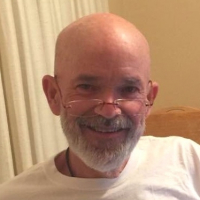 Whit
Posts: 4,191
Whit
Posts: 4,191
I found today and bought it (surprised?) - $5, completely intact at a Flea Market... The shrink wrap was opened at one end of the manual (by someone else) - otherwise perfect condition! Made in Israel. Guessing 70ish or early 80s. Will research and update you all. Fun! FuN! FUN!
Almost as cool as erco's new bugbot.
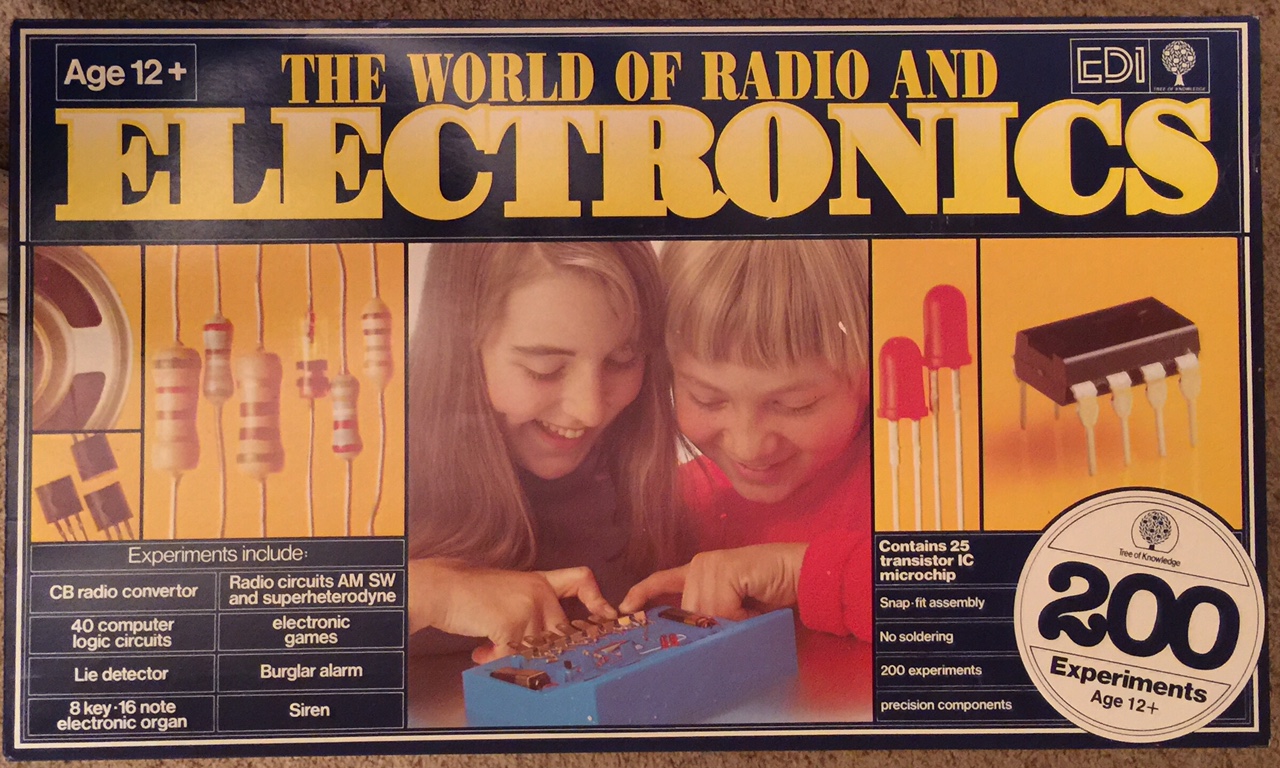
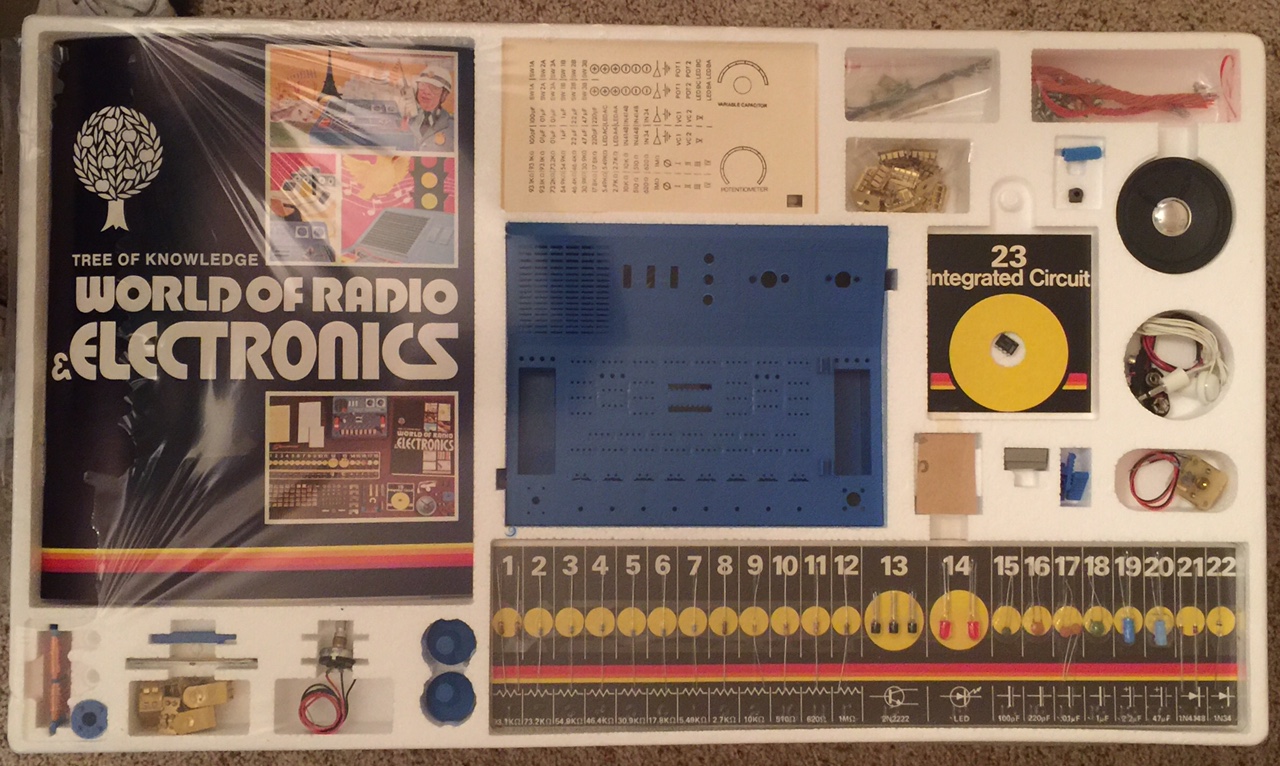
Update: Just found one here on ebay (maybe only a tiny bit in better condit-on) for a Buy Now price of $99!
Question - Play with it or not?
Note: Part #23 - Integrated Circuit is an LM741CN Op Amp
Almost as cool as erco's new bugbot.


Update: Just found one here on ebay (maybe only a tiny bit in better condit-on) for a Buy Now price of $99!
Question - Play with it or not?
Note: Part #23 - Integrated Circuit is an LM741CN Op Amp


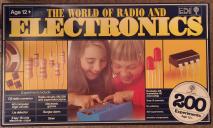
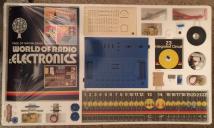
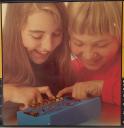
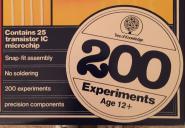

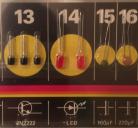
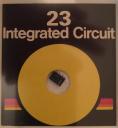
Comments
-Phil
Whit, I think I'd leave it prestine.
Okay, I did build a "crystal" radio once with pencil lead wired to a safety pin and touching a Gillette Blue Blade, along with fine enameled wire wrapped around a toilet-paper tube. I used my mom's wire clothesline for an antenna and the kitchen faucet for ground. Picking up the local AM radio station (WKBV) was a total rush.
After that experience the 1N34A was a godsend!
-Phil
Anyway, Whit, I would open and enjoy it with a kid. Your kid, grand kid, any kid. I'd enjoy that more that $99.
Jonathan
I built xtal sets too. Magical. Not sure if that was before or after getting that kit when I was 10.
But then I was nailing 6 volt lamp holders and batteries to bits of wood and wiring them up before I went to school. It was a puzzle to me that they glowed dimmer when I connected a few in series.
Oddly I was on the Edgware Road before Christmas, for the first time in decades, and was disappointed not see them. We used to go there a lot as kids. To pick up 74 series logic, Nixie tubes and assorted components.
Those red spot Germanium transistors made nice light sensors when you scraped the black paint off.
I think I even used acid core solder...
It had big wax coated capacitors and big dark brown resistors - the radio case was bakelite
Looked something like this as I recall.
Reminds me of this "Funtronics" set which got me started on my wayward path in the 70's. https://www.etsy.com/listing/208912858/vintage-toys-1960-s-retro-do-it-yourself
My starters were from Radio Shack - something like this 150 in 1 Kit (though I think mine was 200 in 1! Ha.) Loved those spring connectors!
My first real soldering and building was as the super-cool Strobe Light Kit - also from the Shack!
-Phil